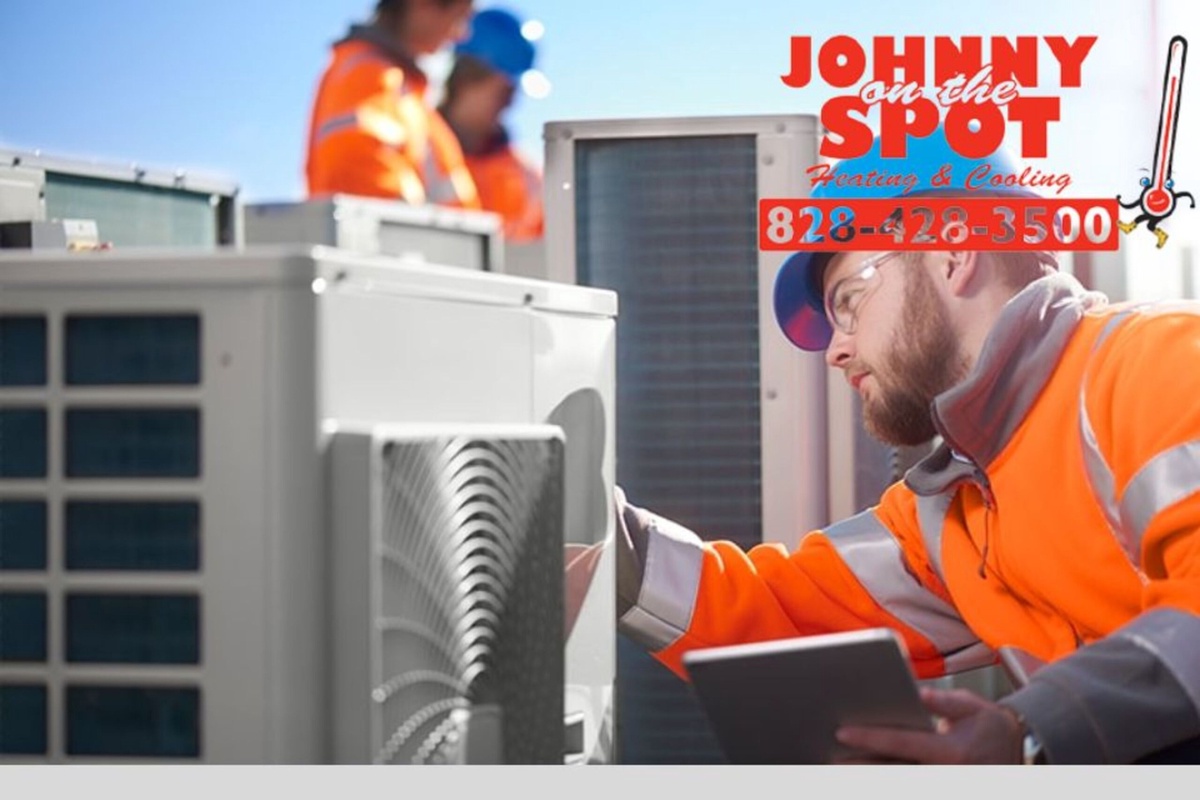As the seasons change, your HVAC (Heating, Ventilation, and Air Conditioning) system becomes a crucial ally in maintaining a comfortable home environment. However, when it malfunctions, it can leave you in the cold—literally. For homeowners in Hickory, NC, where temperatures can vary significantly, having a grasp of HVAC repair essentials is invaluable. In this how-to guide, we will walk you through the steps to master the chill and address common HVAC issues. Whether you're a seasoned DIY enthusiast or a first-time homeowner, these steps will empower you to handle basic HVAC repairs confidently. If you find yourself facing more complex issues, remember that Johnny on the Spot Heating & Cooling is just a call away for professional HVAC repair in Hickory, NC.
Step 1: Understanding Your HVAC System
Before delving into repairs, familiarize yourself with the basic components of your HVAC system. This includes the thermostat, air filters, ductwork, outdoor unit (for central air conditioning), and the furnace or heat pump. Knowing the layout and function of these components will help you troubleshoot effectively.
Step 2: Regularly Replace Air Filters
- Check Filter Condition: The air filter is a vital component that traps dust, debris, and allergens, preventing them from circulating in your home. Check the condition of your air filter regularly.
- Frequency of Replacement: In general, it's recommended to replace standard air filters every 1-3 months. However, homes with pets or allergies may require more frequent replacements.
- DIY Replacement: Changing the air filter is a straightforward DIY task. Simply locate the filter, remove the old one, and insert a new filter with the arrows pointing in the direction of airflow.
Step 3: Thermostat Calibration
- Check Thermostat Settings: Ensure that the thermostat is set to the desired temperature and mode (cooling or heating). Sometimes, incorrect settings can lead to HVAC issues.
- Battery Replacement: If your thermostat uses batteries, replace them. A weak or dead battery can cause the thermostat to malfunction.
- Calibration Check: If you suspect temperature inaccuracies, use a separate thermometer to check the actual room temperature against the thermostat reading. Recalibrate if necessary.
Step 4: Investigate Strange Noises
- Identify the Source: Unusual sounds like banging, rattling, or whistling can indicate underlying issues. Identify the source of the noise, whether it's the blower motor, ducts, or other components.
- DIY Solutions: In some cases, tightening loose screws or lubricating moving parts can eliminate strange noises. However, for persistent or complex issues, it's advisable to seek professional HVAC repair in Hickory, NC.
Step 5: Check for Leaks in Ductwork
- Visual Inspection: Examine the visible sections of your ductwork for any visible leaks, gaps, or damage. Leaky ducts can lead to reduced system efficiency.
- Sealing Leaks: Use duct sealant or tape to seal identified leaks. This DIY solution improves the distribution of heated or cooled air throughout your home.
Step 6: Evaluate the Condensate Drain
- Locate the Drain Line: The condensate drain is responsible for removing excess moisture from the system. Locate the drain line, typically near the indoor unit of your HVAC system.
- Clearing Blockages: Over time, the drain line may accumulate algae or debris, leading to blockages. Use a wet/dry vacuum to clear these blockages and ensure proper drainage.
Step 7: Inspect the Pilot Light (For Gas Furnaces)
- Locate the Pilot Light: If you have a gas furnace, locate the pilot light. It's a small flame that should burn continuously when the furnace is operational.
- Check Flame Appearance: A steady, blue flame indicates a healthy pilot light. If the flame is flickering or has a yellow color, it may indicate a combustion issue that requires professional attention.
Step 8: Resetting the Circuit Breaker
- Locate the Breaker Panel: If your HVAC system is not turning on, check the circuit breaker panel. Locate the breaker corresponding to your HVAC system.
- Reset Tripped Breakers: If a breaker is in the tripped position, reset it by turning it off and then back on. If the breaker continues to trip, it may indicate an electrical issue requiring professional assistance.
Step 9: Cleaning the Outdoor Unit
- Power Off the Unit: Before cleaning the outdoor unit (for central air conditioning), turn off the power to the unit. This is usually done using the disconnect switch near the unit.
- Remove Debris: Clear away leaves, debris, and any vegetation around the outdoor unit. Use a garden hose to gently rinse the unit's fins, removing dirt and grime.
Step 10: When to Call a Professional
- Persistent Issues: If you've attempted the above steps and the problem persists, it's time to call in professionals. Continuing DIY attempts without the necessary knowledge may lead to further damage.
- Gas-Related Issues: For gas-powered systems, any issues related to gas supply, the pilot light, or heat exchanger should be addressed by professionals for safety reasons.
- Electrical Problems: If you suspect electrical issues or encounter frequent tripping of circuit breakers, consult with a licensed electrician or HVAC technician.
- No Cooling or Heating in Extreme Temperatures: In extreme weather conditions, especially during winter or summer peaks, it's advisable to seek professional assistance promptly.
Johnny on the Spot Heating & Cooling – Your Trusted HVAC Repair Partner in Hickory, NC
For HVAC issues that go beyond DIY solutions, trust Johnny on the Spot Heating & Cooling as your reliable partner for HVAC repair in Hickory, NC. Contact them today.


No comments yet